Best Car Colors: What color car is best for hot weather?
Are you tired of getting into a scorching hot car during the summer months? Choosing the right car paint color can make a big difference in keeping your vehicle cool and comfortable. In this blog post, we’ll explore the best car paint colors for hot weather, based on their ability to reflect sunlight and reduce heat absorption.

While you are researching car colors, be sure to open and save our article explaining Why The Color Of Your Car Matters! Then visit our full buying and selling category page for more.
Don’t let the heat ruin your driving experience this summer. Follow our expert advice and choose the best car paint color to keep you and your passengers cool and comfortable on the road.
There are a lot of choices to be made when you’re looking to buy the right car, and I know from extensive experience that one of the biggest decisions we have to make is choosing the exterior color of the car.
There are lots of factors to consider when choosing a color, but have you ever thought about which car colors are best for hot weather if you live somewhere like Florida, California, or Texas, where it can be seriously hot a lot of the time?
White is the best car color if you live somewhere with a lot of hot sunny weather because it reflects the sun’s rays and doesn’t absorb heat like black and other dark colors do, and this helps to keep the temperature down inside your car. Other light colors such as silver and beige are also much better than dark colors, but white is definitely best and that’s why white vehicles are so popular in areas of the Middle East and Africa where it can be sunny and hot almost all of the time.
The Science of Light, Heat and Car Colors
There are a lot of myths surrounding choosing the right car you can pretty much ignore because they’re nothing more than myths, but there’s actual science behind the relationship between the color of a car and how hot it gets.
For example, you’ll hear lots of opinions about which colors are easiest to clean or which ones show dirt the most, but a lot of that debate is purely anecdotal and not based on actual science. Don’t worry though; you don’t need a doctorate in particle physics to understand the real science behind light, heat, and car colors.
Basically, any color is effectively the result of what type of light it reflects, so a green car reflects all light except the green in the light spectrum, a blue car reflects all but the blue light in the spectrum, and so on. However, there are exceptions. The most notable exceptions are white and black, and to a slightly lesser extent, silver.
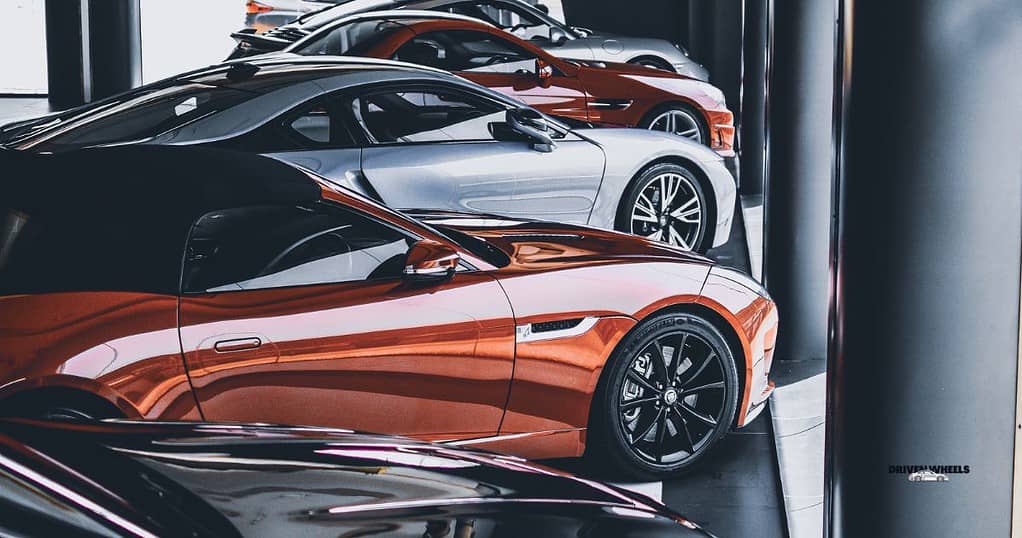
To keep all this relatively straightforward and to stay on topic, I’m not going to go into the debate here about whether black is actually a color or not.
What is not in dispute is that black absorbs all visible parts of the light spectrum, with the result being the light energy is then turned into heat. The more light something black absorbs the more heat is generated, but black and silver do almost the exact opposite.
White and silver surfaces reflect the majority of the light that hits them, which means far less light energy is absorbed, and less heat is emitted as a result. The relationships between colors, light, and heat are called thermodynamics, and thermodynamics applies to all colors, materials, and surfaces.
Cars and thermodynamics
The laws of thermodynamics apply across the board to all colors, materials, and surfaces. Still, different materials and surfaces are affected to different degrees, so let’s look at how much difference the color of your car actually makes.
Most cars, vans, trucks, and SUVs are particularly susceptible to the effects of thermodynamics because they’re made of metal. You’ve probably experienced the difference between wearing a white or a black t-shirt when you’re out in the sun, and you’ll know that you get a lot hotter wearing black in hot and sunny conditions than you do wearing white.
It’s very much the same with vehicles, but the effects are multiplied many times as metal is a far greater and more efficient conductor of heat than the cotton or man-made materials your clothes are made out of.
Metal distributes heat and energy extremely efficiently, which is why electrical wires are made of metal and get connected together with metal solder. Combine an extremely efficient conductor of heat and energy like steel or aluminum with a black or dark paint color, and that’s why your vehicle is going to get very hot very quickly in hot and sunny weather conditions.
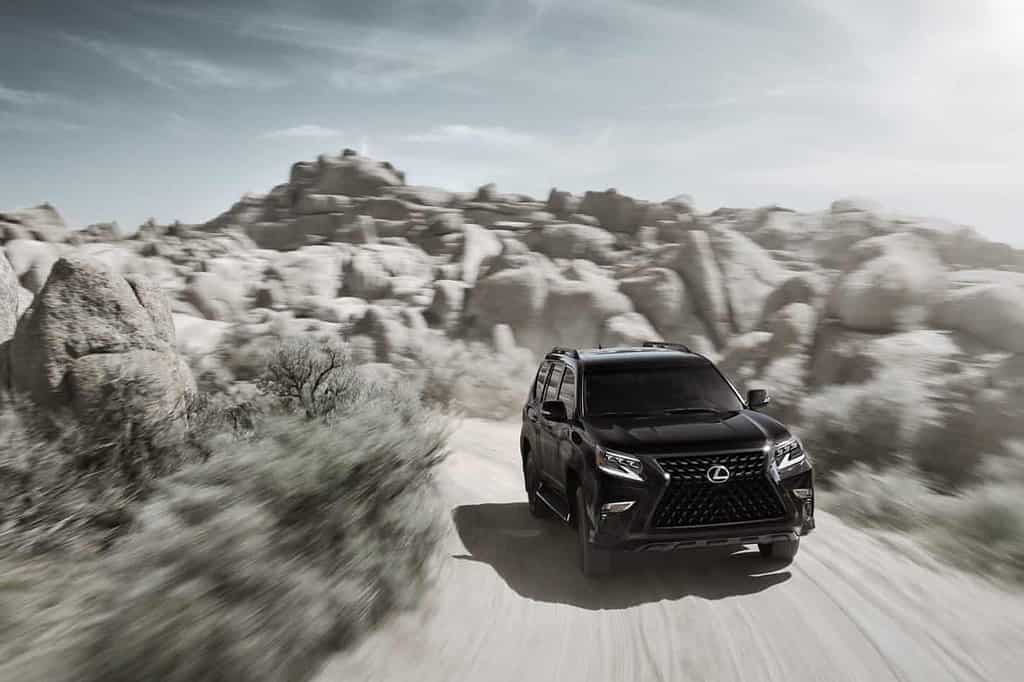
The metal body of a white or silver car is just as efficient at conducting heat and energy as the body of a white car, but the metal of a white car doesn’t absorb as much in the first place because the white paint reflects a lot of it away before the metal gets chance to absorb it.
What about car interiors?
Although many of the materials inside your car don’t conduct heat quite as efficiently as the metal bodywork does, the color of the materials inside your car can also have a big bearing on how hot it gets in there.
If you have an all-black interior, which many vehicles do have and I cover that in more detail in another article, you’ll know that things like the dashboard, steering wheel, shift lever, and seats get very hot indeed when left in the sun for any length of time.
However, although color plays a significant role in this, the materials used also play a big part in how hot these surfaces get. The most obvious example is what your seats are made of, and if you’ve ever got into a car with black leather seats that’s been in the sun for a while you’ll probably know how hot they get.

Black cloth seats also get hot in the sun, but leather is a denser material that conducts and absorbs heat better and that’s why it can actually be painful to sit on a hot leather car seat if you’re wearing shorts.
Of course, you might not have a lot of choices about the color of your interior, and many cars are only available with black interiors.
You can, however, mitigate some of the effects of a black interior absorbing and conducting heat by having tinted windows or even using covers to block and reflect the sun when the vehicle is parked.
What about other colors?
Even though there are more white cars around these days than we perhaps used to see a decade or so ago, there are plenty of people who don’t want a white car, so what about other colors other than black, white, or silver? How do they get affected by the sun and the heat?
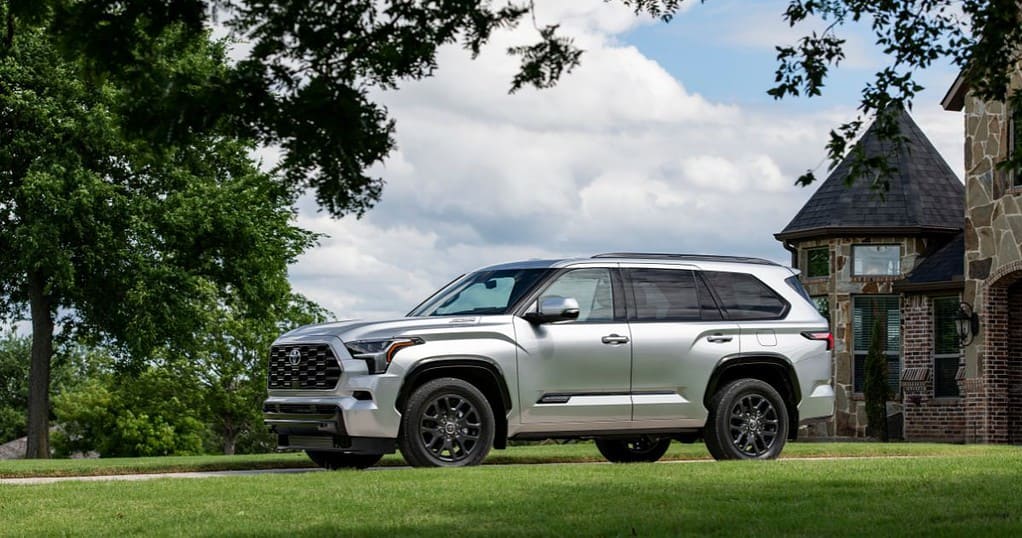
Black and white are, by their very nature, opposite ends of the spectrum, but in between, there’s an infinite number of other colors. At the moment, we’re seeing more and more automakers offering us more vivid, vibrant, and eye-catching colors.
You only have to look at a car like the Dodge Challenger to see exciting color options available such as Go Mango, TorRed, Hellraisin, Octane Red, and the fabulous Plum Crazy.
All that matters as far as light absorption and heat generation and conduction are concerned is how light or how dark the color is. The lighter the exterior color the cooler the vehicle will be, and the darker the color the hotter it will get.
You might think then that an orange car would be cooler than a blue one, but it’s how dark or how light each color is that makes the difference, so a sky blue car could be cooler than another in a deep orange.
Either way, it’s hard to separate most of the colors between black and white unless they are very light or very dark.
What if you like blue cars for example? You could get one in a deep navy blue, but another blue car could be sky blue. The sky blue one will be better at reflecting the heat than the navy blue one, but they’re both still blue cars.
The color itself doesn’t make the difference; it’s how close to white or black that particular shade is that makes the real difference.
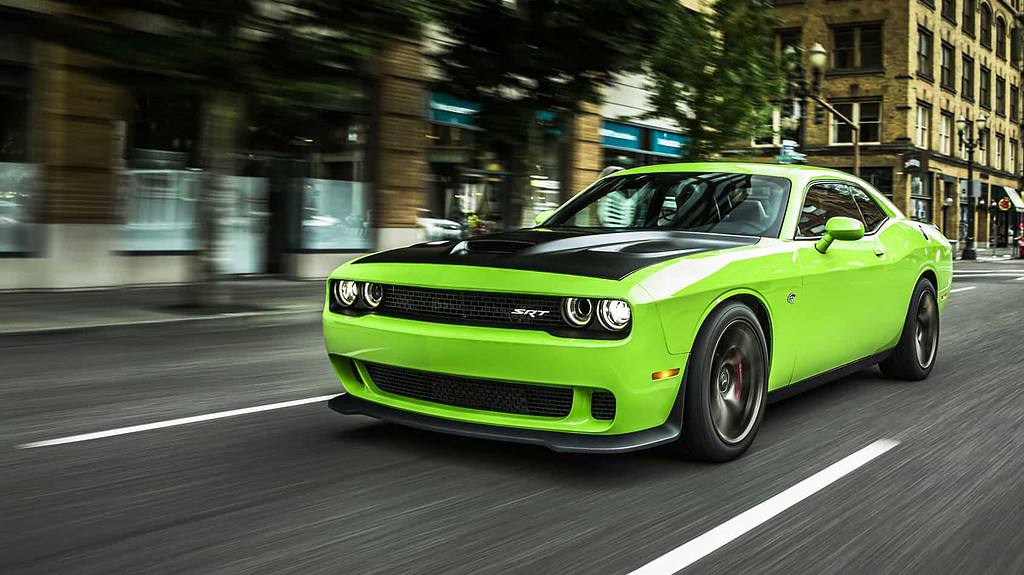
Other color considerations
If you live in the desert there’s a pretty strong argument for choosing a white vehicle in almost any circumstance. Still, for most of us, there are considerations other than just how hot the vehicle gets when it comes to choosing a car color.
For a long time, white was a color to avoid if you wanted to retain as much of your vehicle’s resale value as you could as it wasn’t popular or fashionable.
White was often used as a flat, basic color to keep the price of vehicles low, which is why the majority of box vans and other commercial vehicles are often white.
Nowadays we have some very flashy and eye-catching white paints such as pearlescent whites that look fantastic, and can often cost more than just about any other paint options for that particular vehicle. White is therefore cool again, and in more ways than one.
Even so, a lot of buyers still don’t like it and even if they live somewhere hot a lot of the time, they’ll want something else.
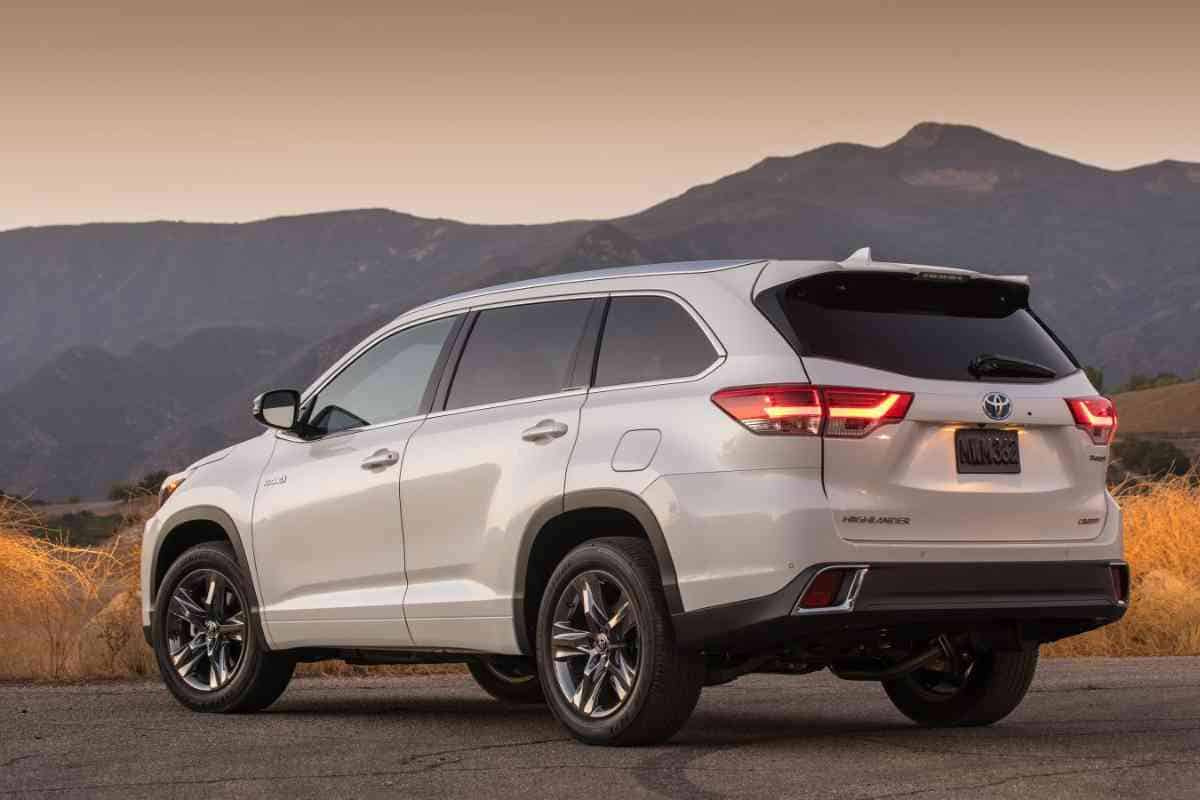
Some people consider some colors to be unlucky, some colors are believed to make a car more likely to get stolen, and some people think certain colors are more likely to get you done for speeding or attract unwanted attention from the cops.
What isn’t in dispute is the color you choose can have an effect on how much you get for your car when the time comes to sell it or trade it in.
Even though a black vehicle will be hotter in the sunshine than any other color, you can’t really go wrong with black when it comes to resale values.
Nobody is ever going to say they’d give you more for your trade-in if it wasn’t black, and the next most universally uncontroversial colors are probably silver and gray.
Go Mango and Plumb Crazy might be fine for a Challenger Hellcat, but you might not want to have a Chevy Suburban or a Range Rover Vogue in colors like those unless you didn’t care about getting a good resale price.
Conclusion
If you want to keep your vehicle’s interior as cool as you can above all else when you live somewhere it gets very hot and sunny, then by all means, buy a white vehicle with tinted windows and avoid leather upholstery.
If how hot your vehicle gets isn’t the primary concern for your choice of color, then get what you like best. You can always put one of those reflective blinds in your windshield to reflect the sun, and you also have the much better option of trying to park somewhere shaded instead.
And regardless of which color you choose, don’t forget that sunlight and UV rays can dull your paintwork and that can also hurt your eventual resale value, so make sure you protect your paintwork as much as you can by using high-quality products that help keep your paintwork looking like it’s just come out of the showroom.
✅ Recommended Article: Change The Color Of Your Car: Car Color Changes With Wraps, Repaints, And Other Innovative Ways
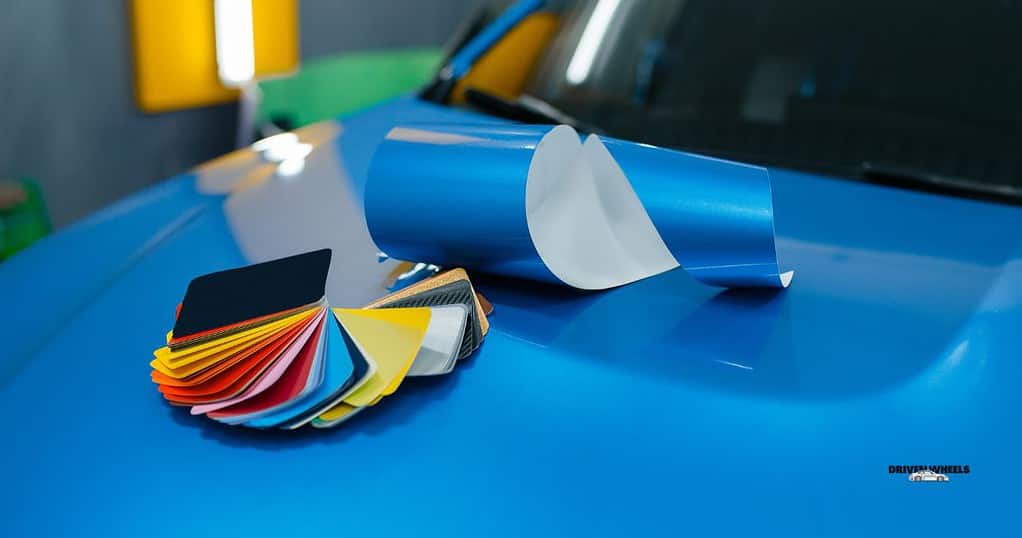
FAQ:
Frequently Asked Questions
Does car color affect heat?
Yes, car color can affect heat. Lighter colors tend to reflect more heat, while darker colors tend to absorb more heat.
Does black color car absorb heat?
Yes, black cars tend to absorb more heat than lighter colored cars due to their darker pigmentation.
What color attracts the most heat?
Black tends to attract the most heat, followed by dark blue and dark green.
Are black cars hotter in the summer?
Yes, black cars can be hotter in the summer than other colors due to their tendency to absorb more heat from the sun.
What color attracts the least heat?
White and other light colors tend to attract the least heat and reflect more sunlight, making them a good choice for hot weather.
What color car is best for hot weather?
Lighter colors such as white, silver, and beige are generally better for hot weather as they reflect more heat and sunlight, helping to keep the interior of the car cooler.
What color car is best for cold weather?
Darker colors such as black, navy blue, and dark green are generally better for cold weather as they absorb more heat from the sun, helping to keep the interior of the car
